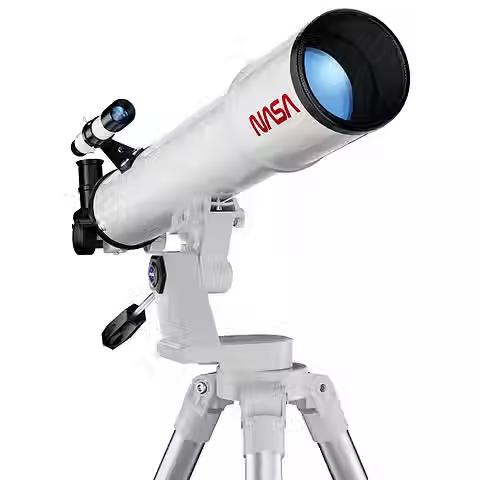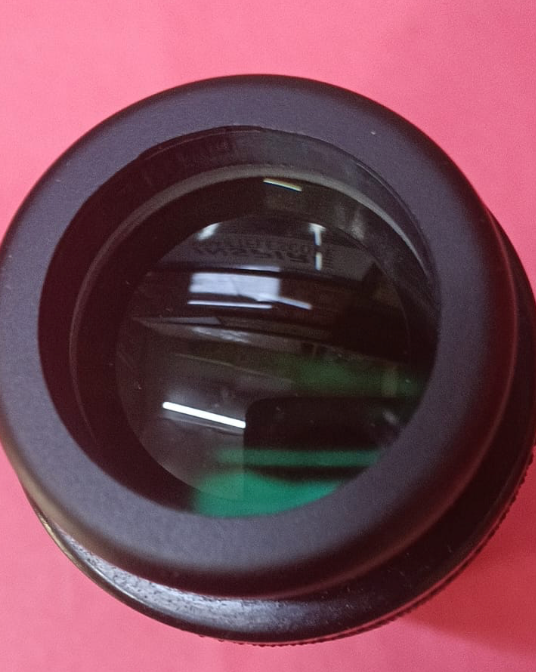With barlows/ teleextenders it is possible to extend the effective focal length of a telescope system, resulting in higher magnification for the observation of the moon, the planets or small Deep-Sky objects with the same eyepieces. So you can use the advantages of eyepieces with longer focal length - such as the bigger eye distance and the more relaxed observing comfort - at high magnifications also.
These teleextenders incorporate a telecentric optical design that deliveres a excellent image sharpness over the whole field of view and are premium choices for visual observations and astrophotography. The combination of excellent fully multicoating with superior optical design makes the Focal Extenders superior to classic Barlow lenses.Features:
- Suitable for visual observations and astrophotography
- Extending the effective total focal length of the telescope by a factor of 3x
- Four lens telecentric design
- Fully multicoated
- Filter thread for color or nebula filters
- Four-lens telecentric teleextender 3x
- Multiplying the effective focal length by: 3x
- Fully multicoated design with four lenses
- Telecentric optical design for excellent sharpness
- All lens edges blackened for maximum contrast
- Eyepiece and teleextender barrel size: 1.25"
- Filter thread for color or nebula filters
Please note: This is a very high magnification barlow. It is not for everyone or for common viewing conditions. Before buying, please make sure that you are using realistic magnifications with your telescope. A good rule of thumb is that under very good conditions and with a very good telescope, the maximum power you will be able to use is about 50x of magnification per inch of telescope aperture. With average telescopes and/or average conditions, you should be able to use 30x of magnification per inch of telescope aperture. So for example, if you have a 6" telescope, under typical conditions you will be limited to 6x30 = 180x of magnification, and 6x50 = 300x of magnification at best.
Boosting the magnification beyond this recommended maximum for your telescope aperture is not realistic. This is bound to result in image break-down, causing fuzzy images, focusing difficulties, increased color around objects (caused by other optical elements in the telescope which are magnified by the barlow) and general disappointment, but this is not a fault of the barlow.

































